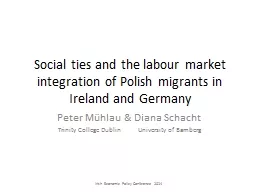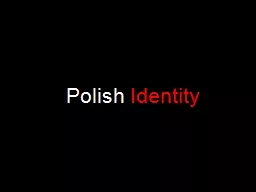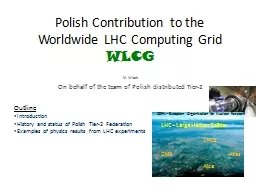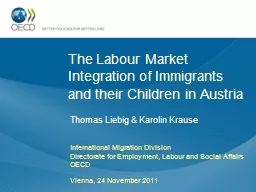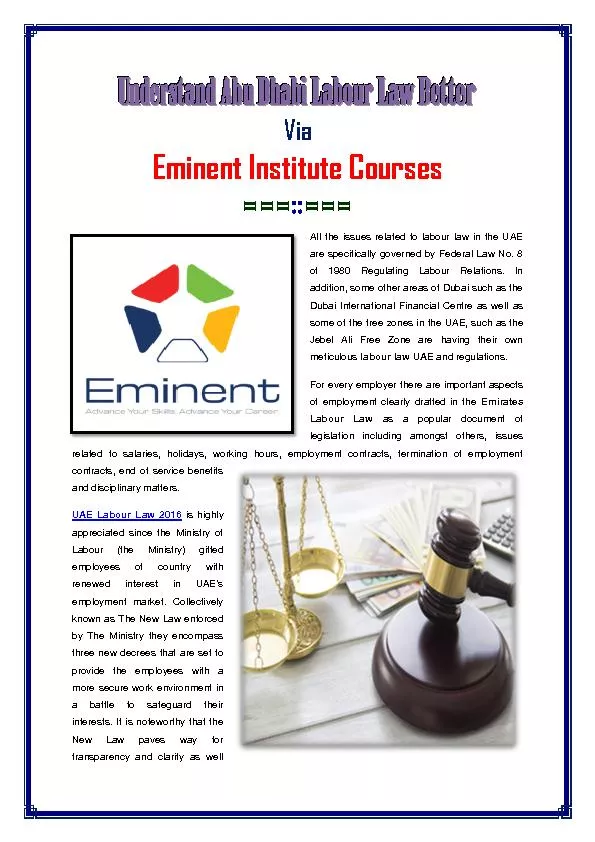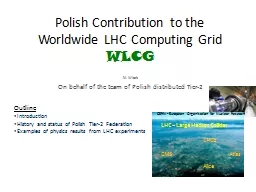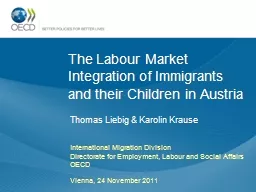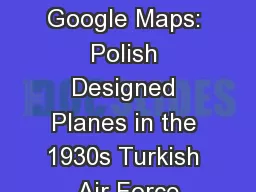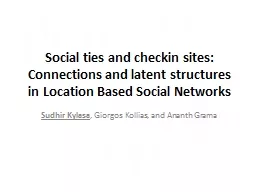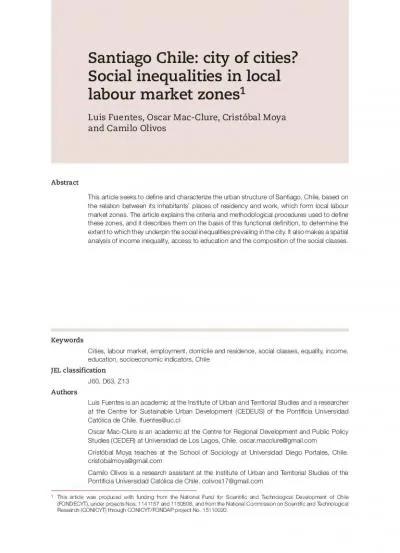PPT-Social ties and the labour market integration of Polish mig
Author : olivia-moreira | Published Date : 2016-03-01
Peter Mühlau amp Diana Schacht Trinity College Dublin University of Bamberg Irish Economic Policy Conference 2014 PPSN issued to Polish migrants Area of origin
Presentation Embed Code
Download Presentation
Download Presentation The PPT/PDF document "Social ties and the labour market integr..." is the property of its rightful owner. Permission is granted to download and print the materials on this website for personal, non-commercial use only, and to display it on your personal computer provided you do not modify the materials and that you retain all copyright notices contained in the materials. By downloading content from our website, you accept the terms of this agreement.
Social ties and the labour market integration of Polish mig: Transcript
Download Rules Of Document
"Social ties and the labour market integration of Polish mig"The content belongs to its owner. You may download and print it for personal use, without modification, and keep all copyright notices. By downloading, you agree to these terms.
Related Documents

